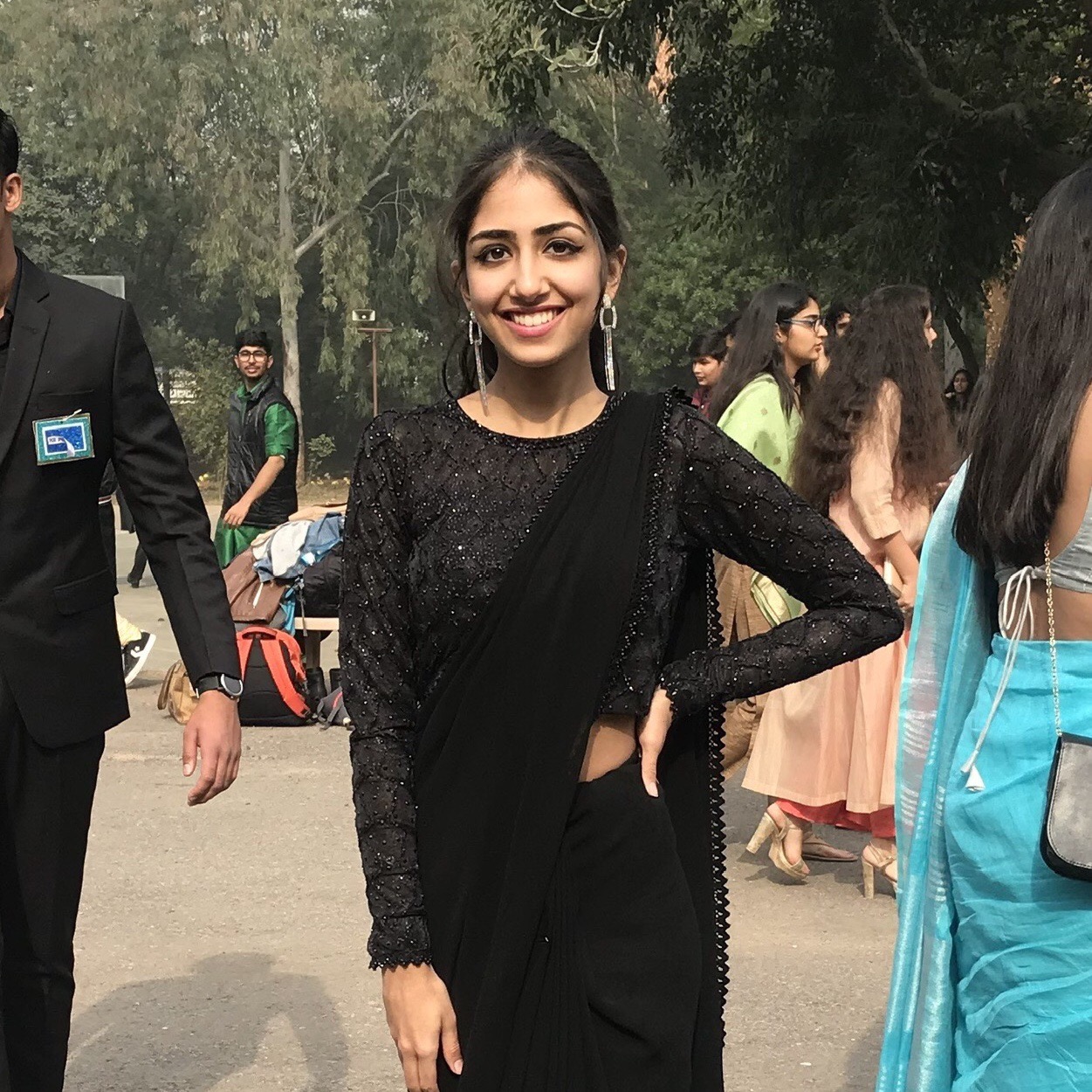Task 3 - evolution of the object
- Rashika Lungani

- Jan 23, 2021
- 3 min read
ACTIVITY 3
FIRST TIMELINE




TIMELINE-2


MIRO LINK FOR BOTH THE TIME LINES: https://miro.com/app/board/o9J_lZpsrQA=/
CULMINATION
THE FUNNELLING PROCESS

LINK TO MIRO BOARD: https://miro.com/app/board/o9J_lZ8JTdw=/
MY FINAL INFERENCES

LINK TO MIRO BOARD: https://miro.com/app/board/o9J_lZ6VU9o=/
REFLECTION
2A. Design is a holistic concept that revolves around creating a design environment. Design is human centric. So it comes as no surprise that socio cultural phenomenon influence the design outcomes. Taking an example from my research about the sock, it was evident that the social distinction amongst the upper and lower class , and the desire of the upper cast to stand apart led to the development of expensive stockings made with expensive materials like silk. Design here was meant to feed the egos of the rich and nobles. With the change in time and the emergence of the middle class, there was now a need to to expand the market to those people who has the purchasing power to afford some form for luxury. This led to the development of cheaper socks made with materials like wool and nylon. The population boom and increased market demand also paved the way for mass production with machines. Design here, was meant to fulfil the needs of a new growing market, the middle class. A culture of plays and performances in Greece let to the development of special socks that were in cooperated in the costumes of the performers. Here design enhanced a pre-existing culture. The world Is designed, yet the world designs us And hence, We are stuck in a dynamic feedback loop between the societies and those who cater to there needs.

MIRO BOARD LINK: https://miro.com/app/board/o9J_lXkozVU=/
REFLECTION
2B. Sock is a very ordinary piece of clothing that often goes unnoticed. It’s surprising how two tiny pieces of fabric mean to be worn under our shoes can have a such a deep and enriching evolutionary history.
You never notice the connections between the design of an object and the world history, until you notice it.
I realised that history always revolves around the powerful - It seems quite obvious but it’s not. A major chunk of my research mainly yielded information about the desire of the rich to be separate from the rest. The desire of the nobility to have items and socks made with expensive and rare materials. It does not mean That poor people did not have socks, rather the fact that the ordinary concerns were not considered important enough to be recorded or documented. It was only after the 17th century that we start to see a glimpse about the rest of the society, a period where the middle class started to gain more political influence and became a sizeable social strata. Here I would like to narrate an incident that took place in the 1960’s. Alexander Cunningham the first director general of ASI (archeological survey of India) was one of the first archeologists to work on the sight of Indus Valley. He, during his survey found multiple artefacts, like stone statues and clay vessels. However when he found some regular utensils, he discarded them at the sight. He only focused on the grand finds. For a long time I used to think “what a stupid man would discard artefacts that could go in a museum” it was later that I realised ,that he associated those utensils with the ordinary folks, people about whom he was never interested to know about. Similarly the history of the Dalits in India for long has been ignored and it’s only now that the historical existence and importance of these marginalised groups are being recognised.
Technology both in the past and present, though meant to make the life of humans easier, ends up making it more complicated- we as a civilisation always glorify rapid development and technological advancements, so much so that are willing to ignore the boons that come along with it. We romanticise development and have a rosy tinted view of the view of the future. Sock, a simple item meant to protect us from cold was turned into a class symbol, so much so that in London there was a surveillance system put in place to make sure that the poor did not wear the socks of the Rich. Similarly we read about the greatness of the industrial revolution and the technological developments but rarely about the innumerable manual labour that was laid of due to the mechanisation of factories.
I am usually not the one to write long and lengthy reflections. However, upon these realisations I couldn’t help but think how the situation of the world still remains the same. We have learned history but we have not learnt from it.

MIRO BOARD LINK: https://miro.com/app/board/o9J_lXkozVU=/





Comments